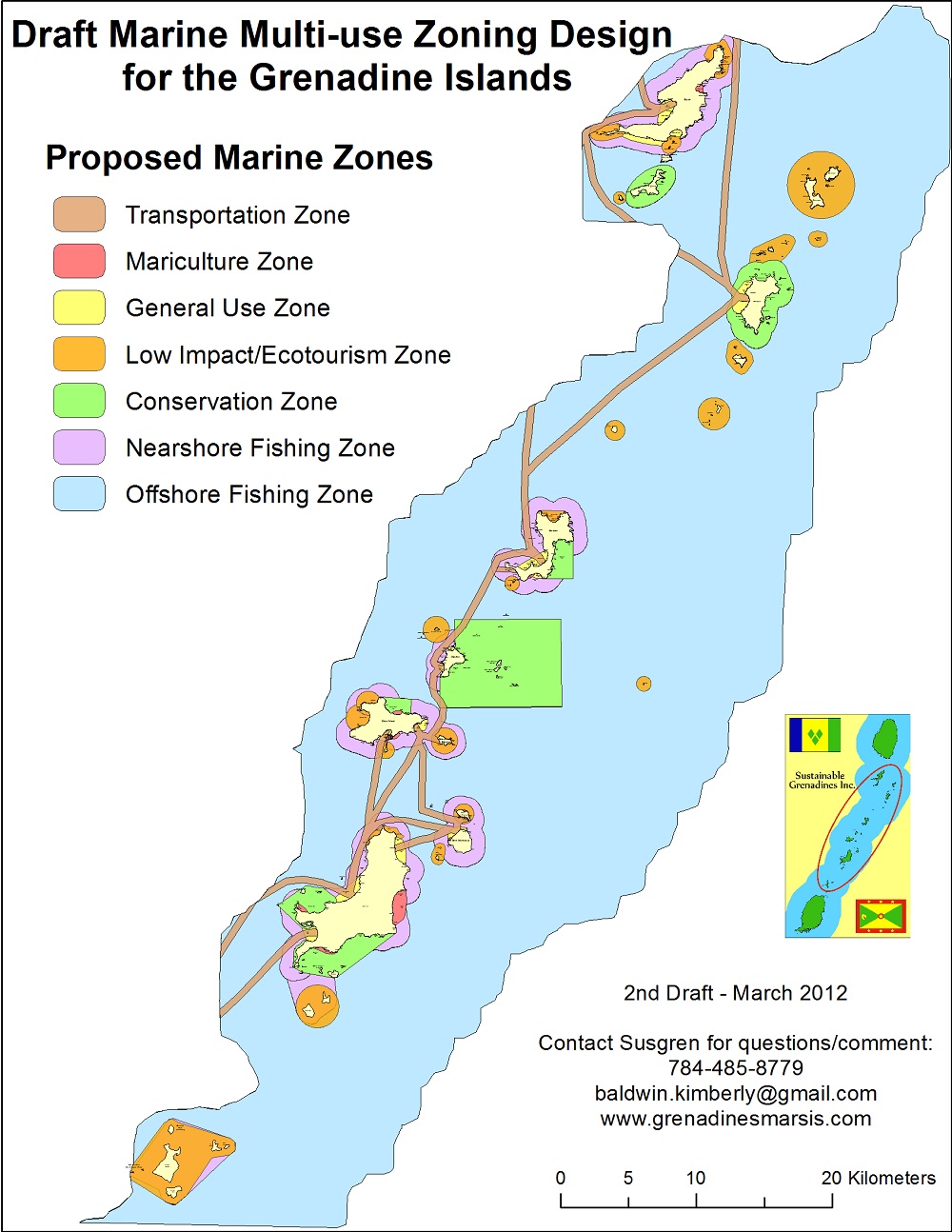Supporting women from fishing communities to create, market and sell jewelry made from previously discarded lionfish parts adds value to fishers’ lionfish catch. It also meets several needs simultaneously: poverty alleviation in fishing communities, gender equality as women learn skills and are supported to earn independently, and further awareness raising about invasive lionfish, thus contributing to the conservation of Belize’s marine ecosystem.
Other potential lionfish value-added product markets include lionfish burgers, frozen fillets for sale through supermarkets and animal feed. Further benefit to fishing communities could be achieved through establishing lionfish processing plants within the communities themselves, increasing the availability of skilled employment opportunities and providing new skills for local community members.
Lionfish jewelry-making skills can be easily acquired and there is demand for the product. Belizean fishers' lionfish catch increases 13-40% in value when fins and spines are sold. Establishing the market-price for fins and spines is critical to ensure that this benefit is achieved. For that reason, jewelers should not be subsidized after initial training workshops. Jewelers from regions that do not have established markets for lionfish meat struggle to access lionfish parts; this can be overcome with a network of jewelers. A network also fosters knowledge-sharing, accessing diverse sales points, developing brand and business plan, and ultimately accessing international markets. Through targeting women from coastal fishing communities, household incomes are diversified and women are empowered. Further, lionfish jewelry can enhance lionfish outreach and jewelers themselves become advocates for the cause, driving behavior change towards increased lionfish exploitation.
